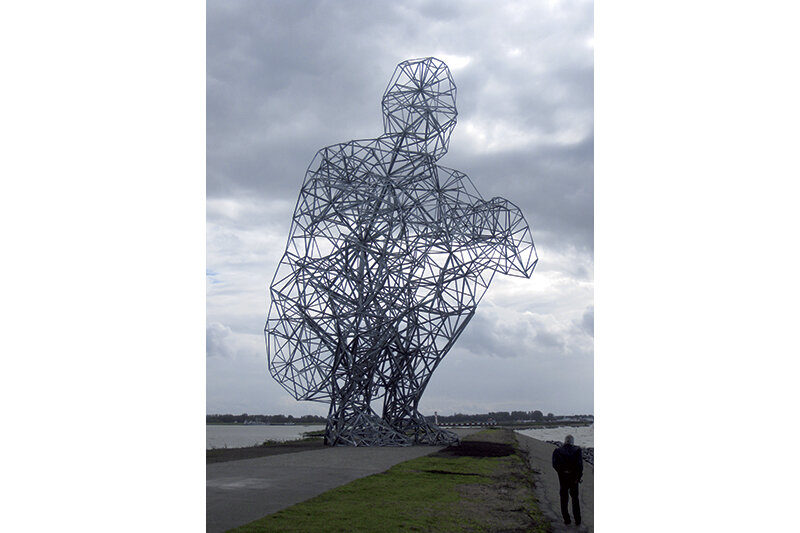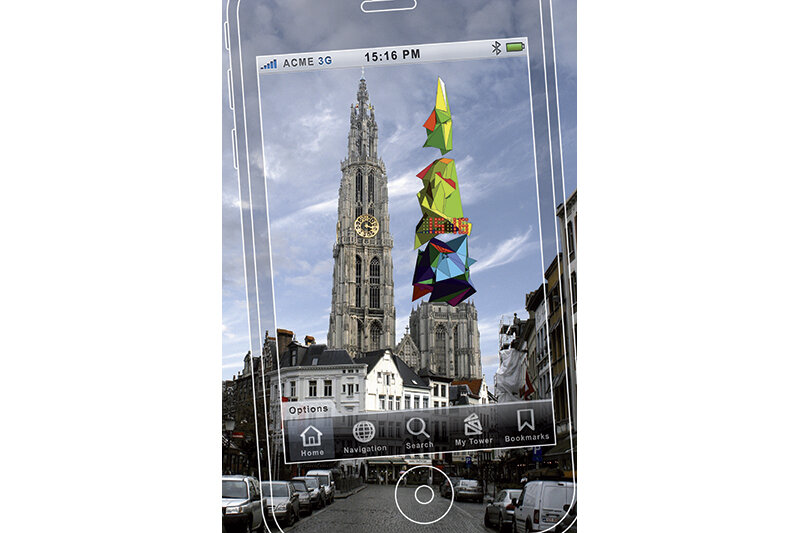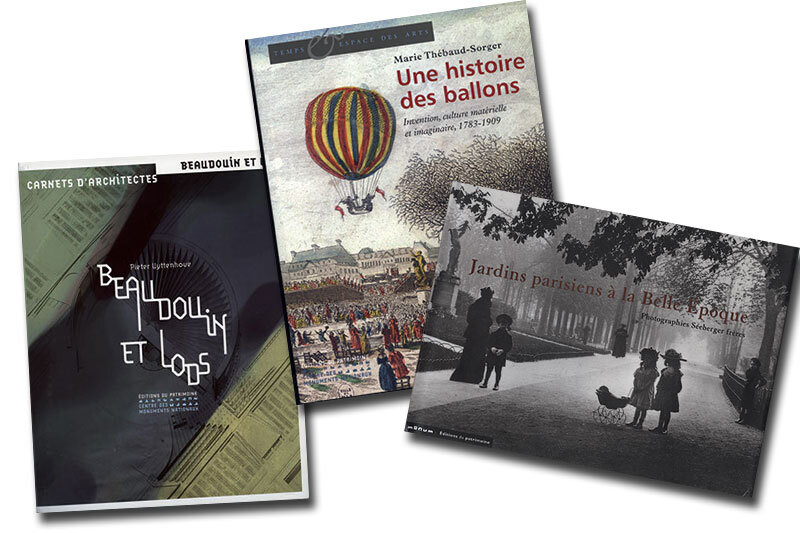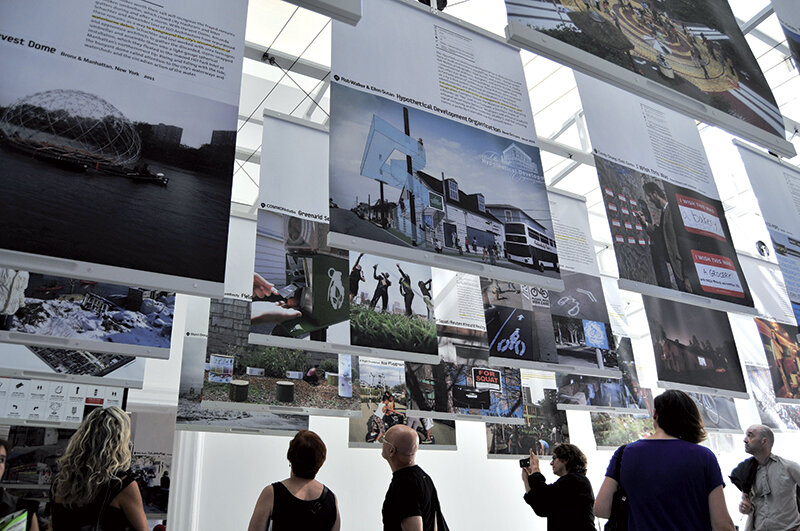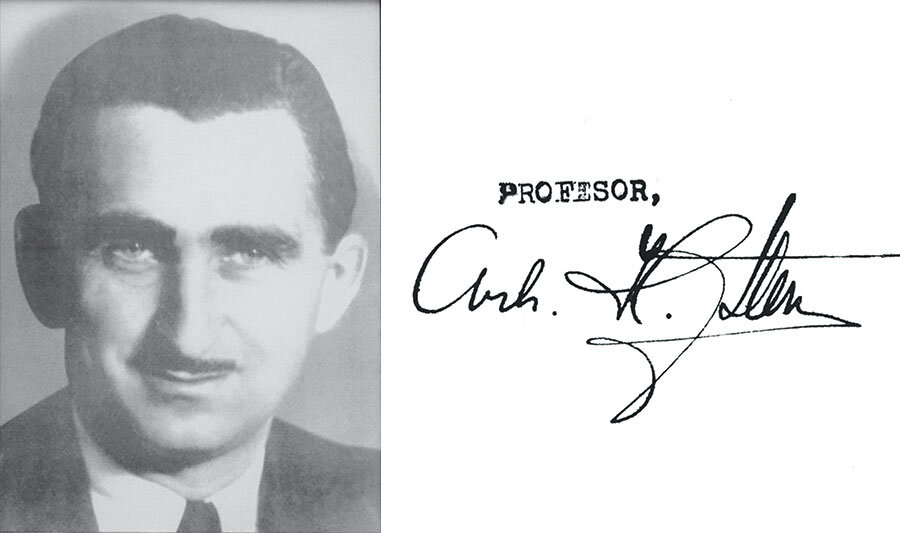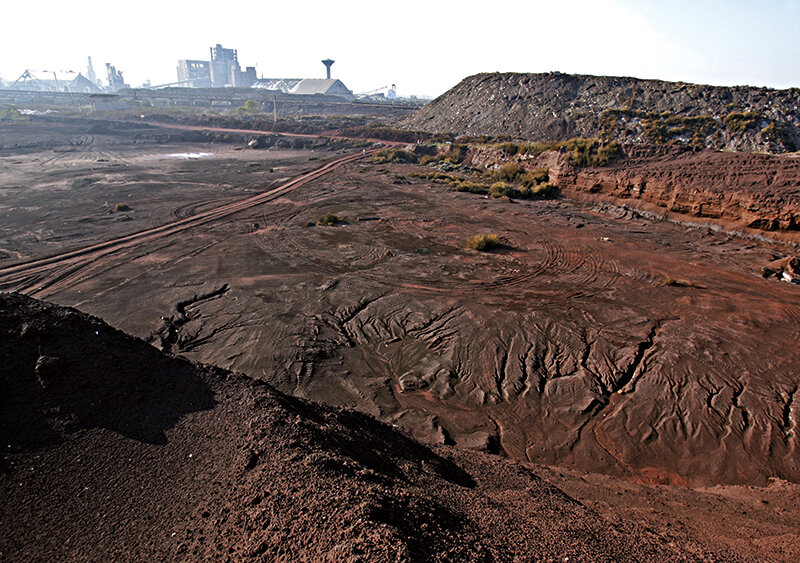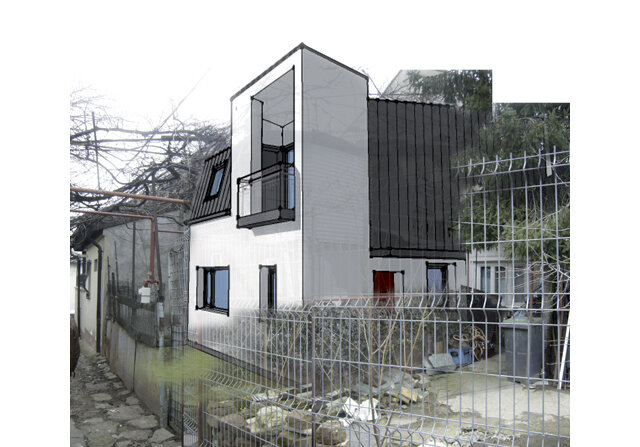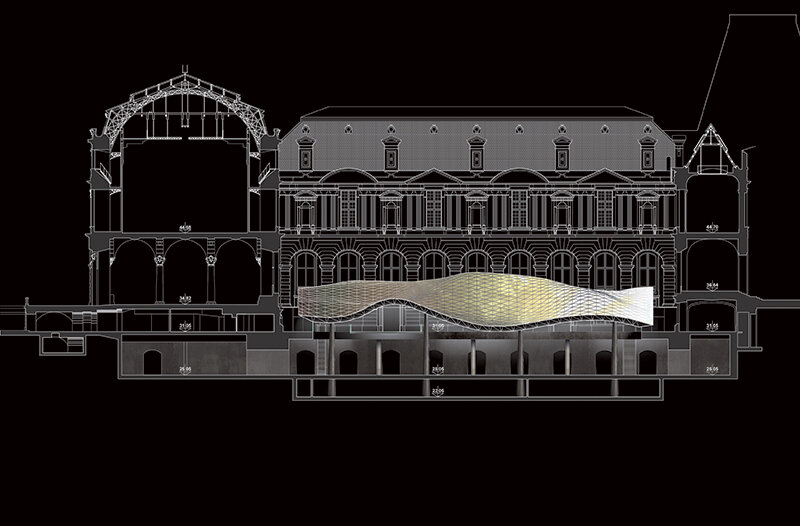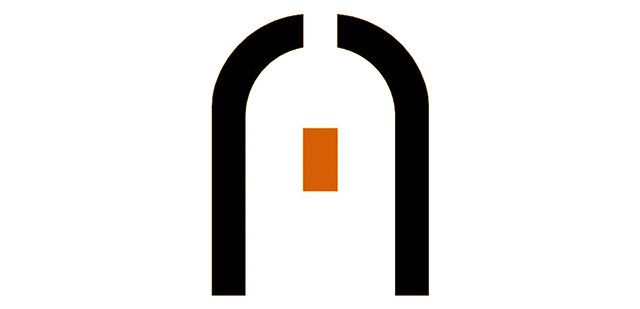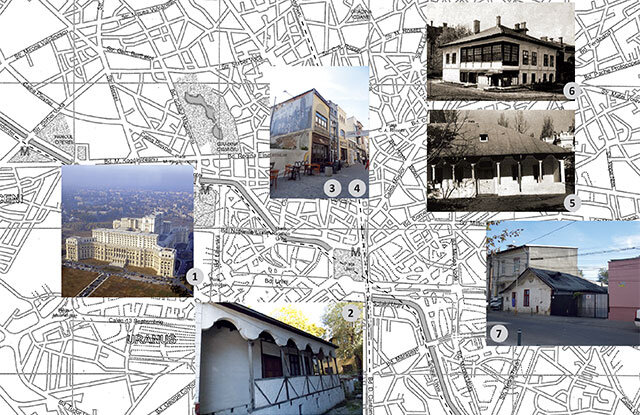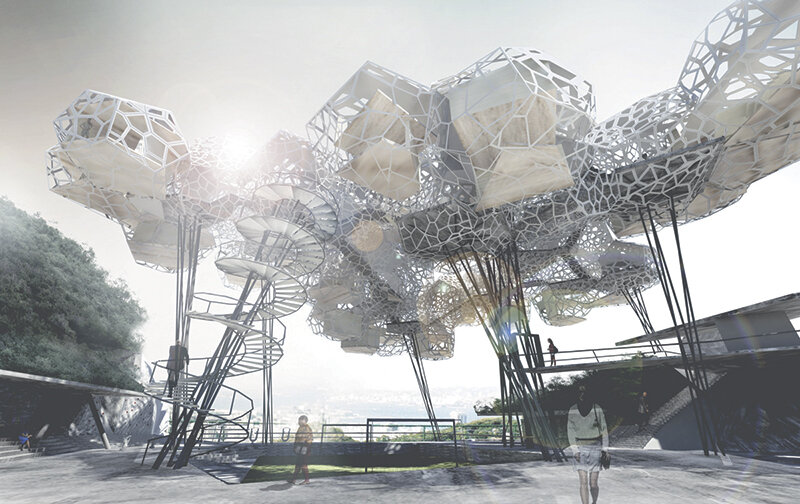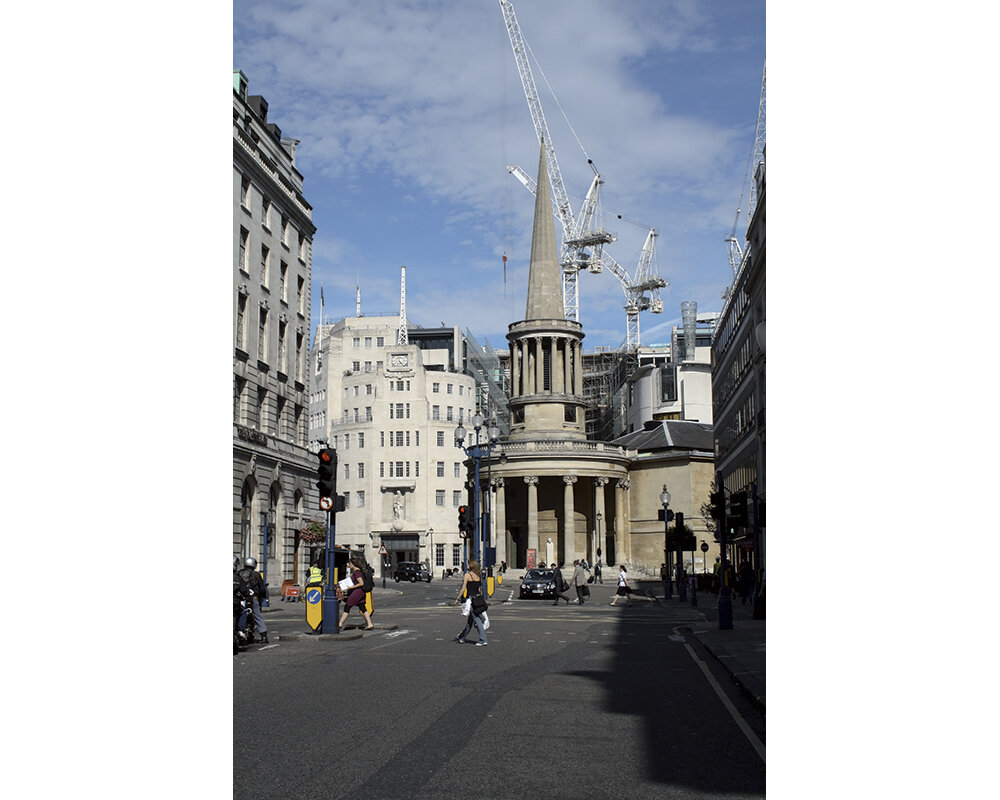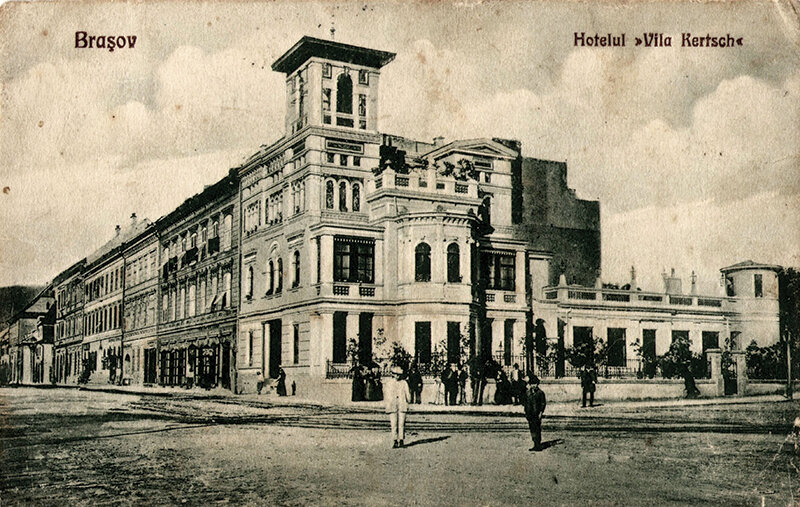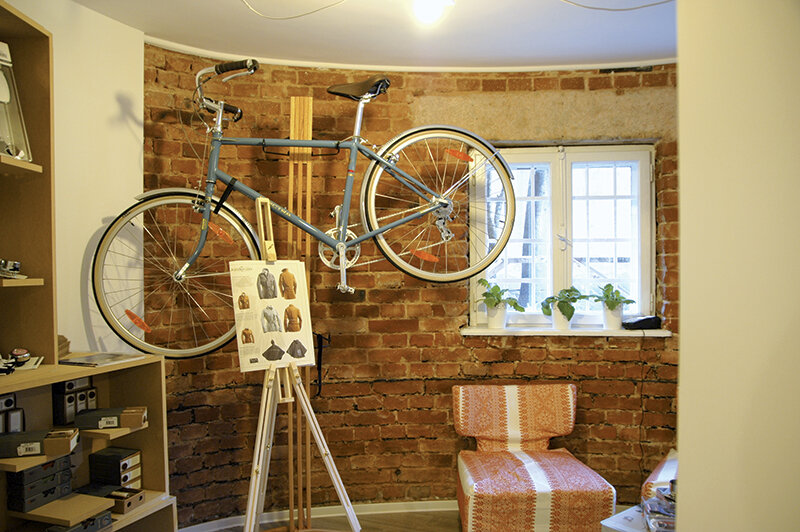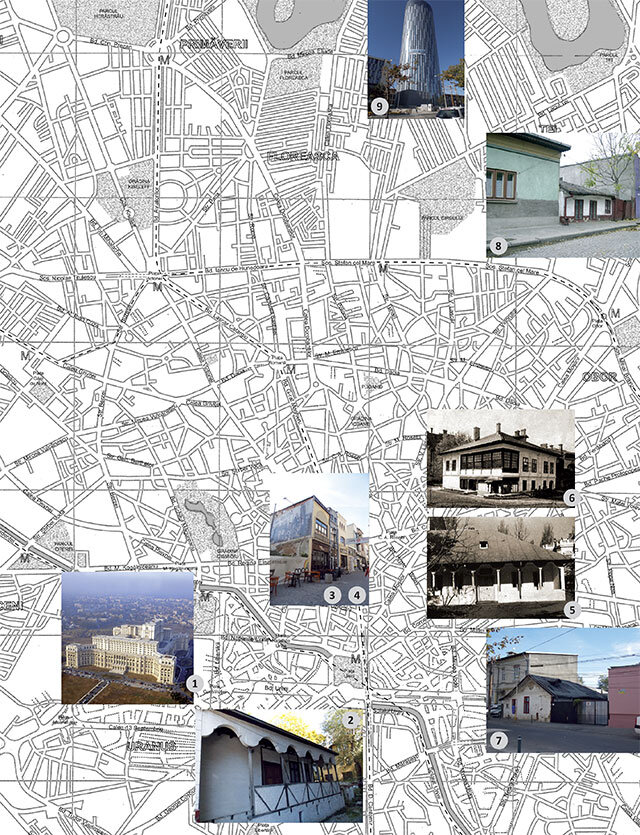
Micro and Mega architecture in Bucharest
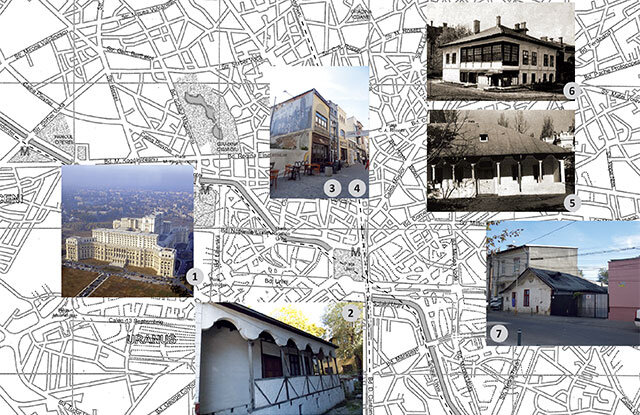
"In Bucharest, there are several cities and fairs with their own particular characteristics." Tudor Arghezi
On the streets of the capital we can still find some examples of "authentic urban architecture", as Constantin Joja called it. Nowadays, they are short and dilapidated buildings typical of 18th and 19th century Bucharest, and are among the oldest and smallest houses in the city. Among the witnesses of the city in the 1800s are: the Melik house, the Pasărea Monastery metoch, the house of a peasant in Calea Șerban Vodă, number 33 or the house in Mecet Street, number 49. The buildings in Lipscănie are among the houses with the narrowest street frontage in Bucharest, while the house in Halmeu Street, number 5, is among the shortest. The records set by the Parliament Palace building cannot be ignored, and the tallest building is, since 2012, in the Pipera area.
1. In 2008, theParliament Palace was listed in the Guinness Book of Records as: the largest administrative building for civilian use in the world in terms of surface area; the heaviest building and the most expensive administrative building in the world. It is 270 meters long, 240 meters wide and 86 meters high.
2.The house of a farmer, Calea Șerban Vodă, nr. 33, was built between 1790-1800, undergoing several transformations in 1883, 1896 and a major rehabilitation between 1994-1998. It is almost as old and well-known as the Melik House. It represents one of the types of Bucharest dwellings of the late 18th century. It is currently not in use. Historic monument, LMI position 2077, code B-II-m-A-19751.
3.House with a shop, 54 Lipscani Street, built at the end of the 19th century, it has one of the narrowest facades in Bucharest, about 2.65 cm, and a built area of 25 square meters. It is currently used for commercial purposes. Historical monument, position 1326, code B-II-m-B-19039.
4.A house with a shop, 74 Lipscani Street, built at the end of the 19th century, it has one of the narrowest facades in Bucharest, approximately 2.94 cm. In ruin. Historical monument, position 1330, code B-II-m-B-19043.
5.The house of a parish priest - the Pasărea Monastery metoch - 7 Bocșa Street, built in 1815. It is now the La Metoc Teahouse, open in summer. Historical monument, position 454, code B-II-m-B-18179.
6.Melik House, 22 Spătarului Street, was built in 1760. Present in the history of Bucharest for 250 years, it has adapted to the requirements of modernization, preserving almost unchanged the defining elements of its original typology. It underwent various transformations in 1822, 1857, 1920 and underwent extensive renovation in 1970. It is now a museum. Historical monument, LMI position 2049, code B-II-m-A-19723.
7.The house of a farmer, at 49 Mecet Street, built in 1815, is still inhabited. Historical monument, position 1481, code B-II-m-B-19184.
8. TheTargoviste's house, Halmeu Street, no. 5, built in the first half of the 20th century, is one of the shortest houses in Bucharest, with a cornice height of 1.74 m, the plot has a surface of 60 sq.m. and the house 27 sq.m. It is currently not inhabited. Historical monument, position 1185, code B-II-m-B-18903.
9. Sky Tower is the tallest building in Romania, 137 m.

